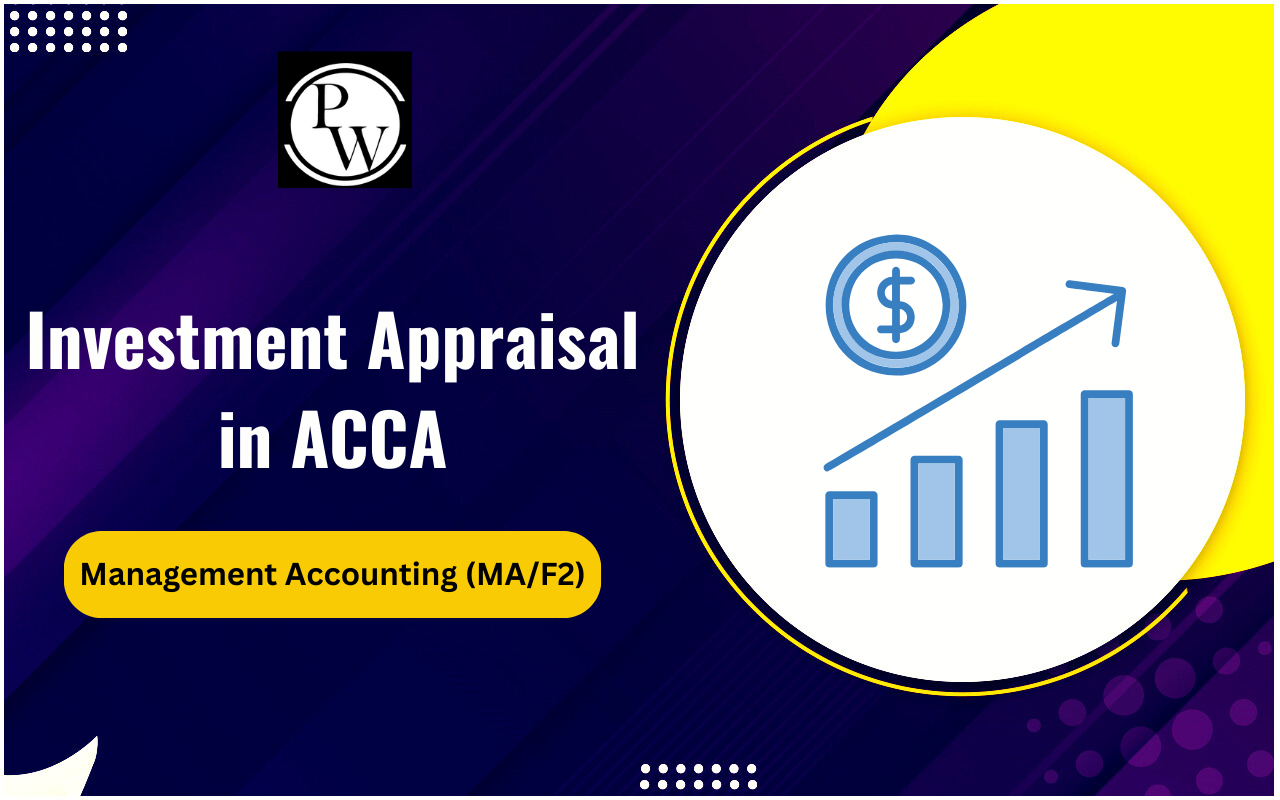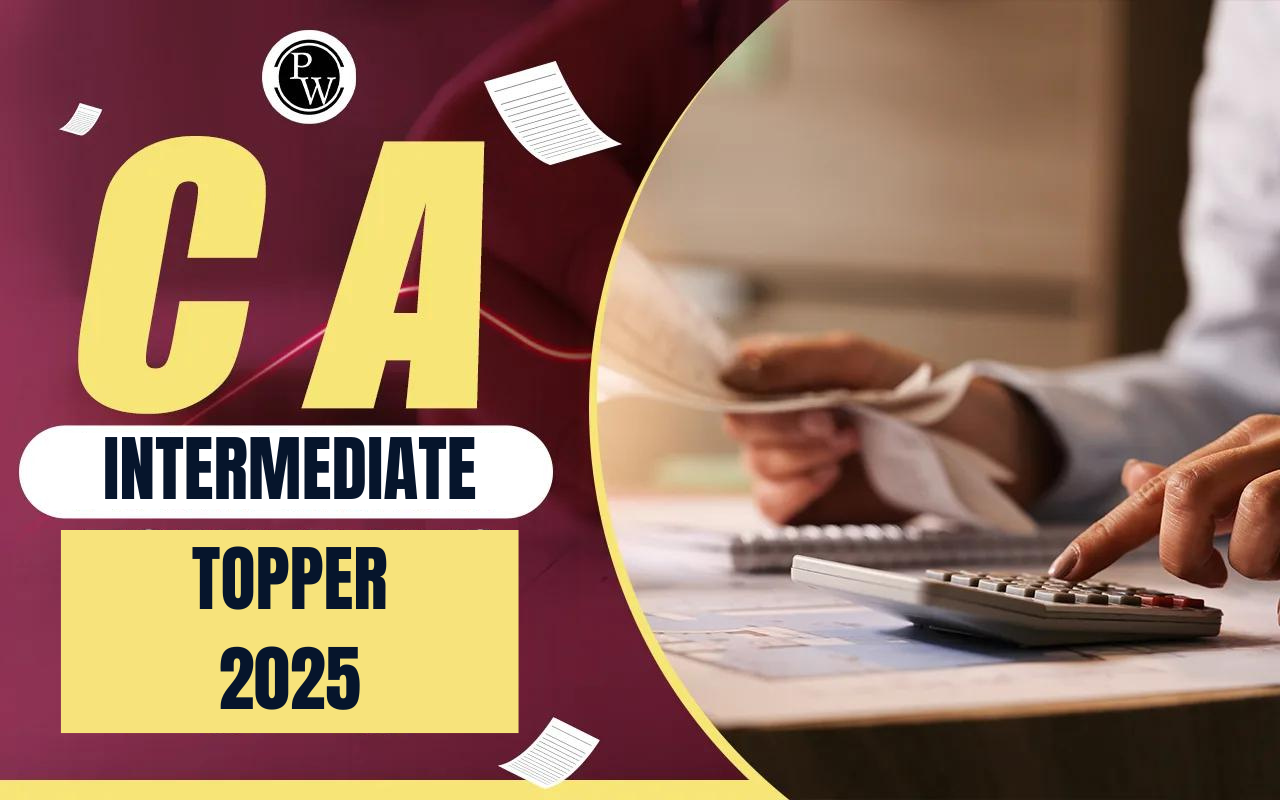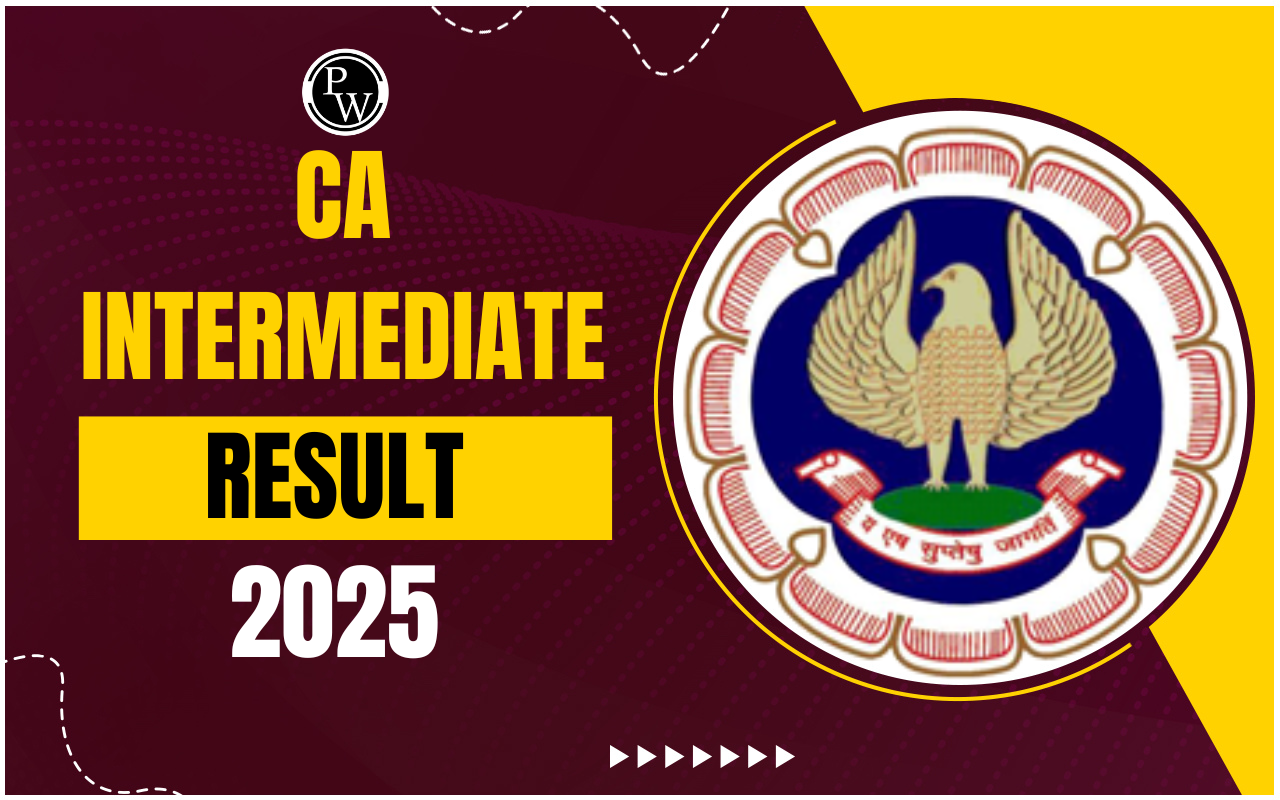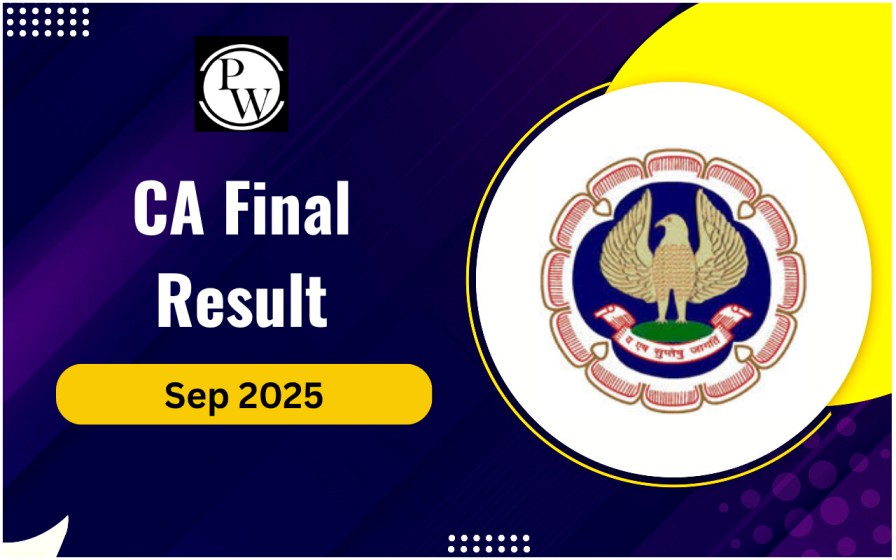
The CA Final Exams are the culmination of years of hard work, determination, and relentless preparation. One of the most challenging yet scoring subjects in the final stage is Indirect Tax Laws in CA Final Exams. Given the vast syllabus and the technical nature of the subject, it’s crucial to adopt the right strategies to score well.
This article will guide you through proven scoring strategies, focusing on understanding the weightage of different topics, mastering past trends, and employing effective preparation techniques. Let's delve into how you can ace the Indirect Tax Laws in CA Final Exams with confidence.Indirect Tax Laws in CA Final Exams
Indirect Tax Laws in CA Final Exams is a subject that encompasses both GST (Goods and Services Tax) and Customs Law. This paper tests your knowledge of complex tax laws and your ability to apply them practically. The subject is known for its extensive syllabus, which covers various aspects such as the introduction of GST, supply, charge of GST, input tax credit, registration, returns, and customs duties. Scoring well in this paper requires a deep understanding of concepts, regular revisions, and a strategic approach to tackle both theoretical and practical questions.Indirect Tax Laws Weightage and Past Trends
Understanding the weightage and analyzing past trends is crucial for the efficient preparation of Indirect Tax Laws in CA Final Exams. By focusing on high-weightage chapters, you can maximize your score. The table below provides insights into the past exam weightage of different chapters, helping you prioritize your study plan.| Indirect Tax Laws Weightage and Past Trends | |||
|---|---|---|---|
| Chap No. | Chapter Name | Past Exam Weightage | No of Revision |
| 1. | GST in India – An Introduction | 5 | 1 |
| 2. | Supply under GST | 4 | 1 |
| 3. | Charge of GST | 5 | 2 |
| 4. | Exemptions from GST | 9* | 3 |
| 5. | Place of Supply | 9* | 2 |
| 6. | Time of Supply | 2 | 1 |
| 7. | Value of Supply | 4 | 3 |
| 8. | Input Tax Credit | 14* | 3 |
| 9. | Registration | 4 | 2 |
| 10. | Tax Invoice, Credit and Debit Notes | 4 | 2 |
| 11. | Accounts and Records; E-way Bill | 10 | 2 |
| 12. | Payment of Tax | 4 | 2 |
| 13. | Returns | 4 | 2 |
| 14. | Import and Export under GST | 5 | 2 |
| 15. | Refunds | 5 | 2 |
| 16. | Job Work | 4 | 2 |
| 17. | Assessment and Audit | 4 | 2-3 |
| 18. | Inspection, Search, Seizure and Arrest | 4 | 2 |
| 19. | Demands and Recovery | 5 | 2 |
| 20. | Liability to Pay Tax in Certain Cases | 4 | 2 |
| 21. | Offences and Penalties | 4 | 3 |
| 22. | Appeals and Revision | 4 | 3 |
| 23. | Advance Ruling | 4 | 2 |
| 24. | Miscellaneous Provisions | 4 | 2 |
| 25. | Customs: Levy of Custom Duty to Refunds under Customs | 20 | 2-3 |
| 26. | FTP | 5 | 2 |
| Also Check: |
| Essential Tips for Clearing Financial Reporting in CA Final Exams |
| Effective Notes-Making Techniques for CA Final Strategic Financial Management |
| CA Final Corporate And Economic Laws |
Preparation Strategies for Indirect Tax Laws
Scoring well in Indirect Tax Laws in CA Final Exams requires a blend of smart study techniques, regular practice, and strategic revisions. Here are some key strategies to help you ace this paper:Understand the Concepts:
Begin your preparation by thoroughly understanding the core concepts of GST and Customs Law. Focus on chapters like Input Tax Credit, Place of Supply, and Levy of Custom Duty, which have consistently high weightage. Use practical examples to grasp the application of these laws.Regular Revisions:
Given the vast syllabus, regular revisions are crucial. Create a revision schedule that allows you to revisit each topic multiple times. Pay special attention to complex areas like Input Tax Credit and Refunds under Customs, which require deeper understanding and frequent practice.Practice Past Papers:
Solving past exam papers is one of the most effective ways to prepare. It not only familiarizes you with the exam pattern but also helps you manage time efficiently during the exam. Practice a mix of theoretical and practical questions, as the exam often tests your ability to apply concepts.Focus on Amendments:
Tax laws are subject to frequent changes. Ensure you are up-to-date with the latest amendments in GST and Customs. Incorporate these changes into your study material and revise them regularly.Time Management:
During your preparation, practice time-bound revisions and solving questions. Allocate time for each section based on its weightage. This will help you improve speed and accuracy, which is essential for scoring high in the exams.Use Mnemonics and Summaries:
For sections that involve rote learning, such as various provisions and penalties, use mnemonics and summaries. This makes it easier to recall during the exam and saves time on lengthy revisions.Group Studies and Discussions:
Engage in group studies where you can discuss and solve problems with peers. This not only enhances your understanding but also exposes you to different perspectives on the same topic.Common Mistakes to Avoid While preparing for Indirect Tax Laws
While preparing for Indirect Tax Laws in CA Final Exams, it’s important to be aware of common pitfalls that can derail your preparation:- Ignoring Amendments: Tax laws are dynamic, and amendments play a crucial role in the exams. Ignoring the latest changes can cost you dearly in the exams. Always stay updated and revise the amendments regularly.
- Neglecting Revision: Given the vast syllabus, it’s easy to get lost in preparation and forget about revision. Without consistent revision, you may forget key concepts during the exam. Make sure to revise regularly, especially high-weightage topics.
- Overemphasizing Theory: While understanding the theoretical aspects is important, the exam also tests your practical knowledge. Don’t just focus on theory; ensure you practice enough practical questions as well.
- Poor Time Management: Failing to manage time effectively during preparation can lead to incomplete revisions and inadequate practice. Use time management techniques like Pomodoro or time-blocking to ensure you cover the entire syllabus efficiently.
Indirect Tax Laws in CA Final Exams FAQs
What are the key topics to focus on for Indirect Tax Laws in CA Final Exams?
Focus on high-weightage topics like Input Tax Credit, Place of Supply, and Levy of Custom Duty.
How important are amendments in Indirect Tax Laws for CA Final Exams?
Amendments are crucial as tax laws change frequently. Always stay updated with the latest changes.
How should I manage time while preparing for Indirect Tax Laws?
Use time management techniques like Pomodoro or time-blocking to ensure comprehensive coverage of the syllabus.
What is the best way to revise for Indirect Tax Laws in CA Final Exams?
Regular revisions, especially of high-weightage topics and amendments, are key to retaining important concepts.
Talk to a counsellorHave doubts? Our support team will be happy to assist you!

Check out these Related Articles
Free Learning Resources
PW Books
Notes (Class 10-12)
PW Study Materials
Notes (Class 6-9)
Ncert Solutions
Govt Exams
Class 6th to 12th Online Courses
Govt Job Exams Courses
UPSC Coaching
Defence Exam Coaching
Gate Exam Coaching
Other Exams
Know about Physics Wallah
Physics Wallah is an Indian edtech platform that provides accessible & comprehensive learning experiences to students from Class 6th to postgraduate level. We also provide extensive NCERT solutions, sample paper, NEET, JEE Mains, BITSAT previous year papers & more such resources to students. Physics Wallah also caters to over 3.5 million registered students and over 78 lakh+ Youtube subscribers with 4.8 rating on its app.
We Stand Out because
We provide students with intensive courses with India’s qualified & experienced faculties & mentors. PW strives to make the learning experience comprehensive and accessible for students of all sections of society. We believe in empowering every single student who couldn't dream of a good career in engineering and medical field earlier.
Our Key Focus Areas
Physics Wallah's main focus is to make the learning experience as economical as possible for all students. With our affordable courses like Lakshya, Udaan and Arjuna and many others, we have been able to provide a platform for lakhs of aspirants. From providing Chemistry, Maths, Physics formula to giving e-books of eminent authors like RD Sharma, RS Aggarwal and Lakhmir Singh, PW focuses on every single student's need for preparation.
What Makes Us Different
Physics Wallah strives to develop a comprehensive pedagogical structure for students, where they get a state-of-the-art learning experience with study material and resources. Apart from catering students preparing for JEE Mains and NEET, PW also provides study material for each state board like Uttar Pradesh, Bihar, and others
Copyright © 2025 Physicswallah Limited All rights reserved.
Get App








